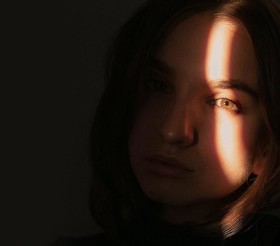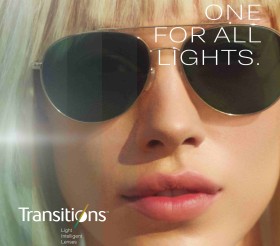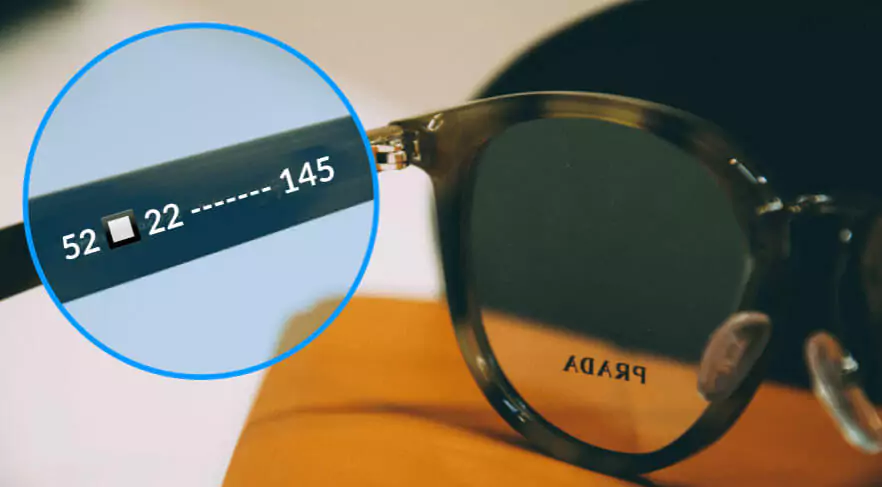Hello there. At eyerim, we've prepared some special blogs focused on eye health for you. Most people don’t know about certain eye conditions or problems. We are here to help you and encourage you to visit your ophthalmologist on a regular basis.
Most people will have eye problems at one time or another. Some of them are less serious and will go away or are easy to treat at home. Others need special medical care. Here's what you need to know.
Nearsightedness (Myopia)
What is it? Eye disorder where light focuses in front of the retina. This causes distant objects to seem blurry while closer objects look sharp.
Symptoms: The most common symptoms are headaches and eye strain.
Diagnosis and treatment: The diagnostic method is only your regular eye examination, but you don’t have to worry - this disorder is very easy to treat with prescription glasses (the easiest, safest, and probably cheapest method), contact lenses, or surgery (by changing the shape of the cornea).
Farsightedness (Hyperopia)
What is it? A condition of the eye where light focuses behind the retina. This leads to close objects appearing blurry, while distant objects are sharp and normal.
Symptoms: Same as with nearsightedness, the symptoms are headaches and eye strain.
Diagnosis and treatment: Hyperopia is possible to treat with glasses, contact lenses, or surgery (by changing the shape of the cornea).
Nearsightedness and farsightedness have identical risk factors - family history. Unfortunately, if your parents or grandparents have some of these conditions, probably you will have it too.
Astigmatism
What is it? Astigmatism frequently occurs with other vision problems – such as nearsightedness or farsightedness – and it causes blurred vision. It occurs when the cornea is irregularly shaped or the arch of the lens inside the eye.
Symptoms: Vision becomes blurred at any distance and can lead to headaches and eye discomfort.
Diagnosis and treatment: Your optometrist can provide eyeglasses or contact lenses that correct astigmatism (by altering the way light gets into the eye). Another way of treatment is a non-invasive procedure, in which the patient wears a set of specially-designed rigid contact lenses, which slowly change the shape of the cornea.
Glaucoma
What is it? A glaucoma is a group of eye disorders that damage the optic nerve - this little guy carries all information from the eye to your brain. The main reason why this happens is due to eye pressure.
Symptoms: In the early stages, glaucoma usually has no symptoms, but you shouldn’t underestimate routine doctor visits. By the time you notice that you have problems with your sight: severe eye pain, a mid-dilated pupil, red eyes.
Diagnosis and treatment: In the early stages, it's possible to slow or stop progress with medication. But in later stages only with laser treatment or surgery. The aim is to decrease eye pressure. The sad news is that the damaged optic nerve is a permanent state.
Cataract
What is it? A cataract is something like a cloud in your eye, which leads to a deteriorating vision. Most of the time, cataracts develop slowly and can affect one or both eyes.
Symptoms: Some of the symptoms are faded colors, blurry vision, trouble seeing at night, or bright lights, although it depends on the specific type of cataract.
Diagnosis and treatment: Diagnosis is by an eye examination. Early stages may be cured with glasses, but in case it doesn’t help, you have to undergo surgery. Surgery will remove the cloudy lens and replace it with an artificial lens.
Amblyopia (Lazy eye syndrome)
What is it? Vision development disorder, when the vision of one of the eyes doesn’t develop as it should. It is a disorder of sight due to the eye and brain, which are not working well together. As time goes by, the brain starts to ignore the weak one and focuses only on the healthy eye. Lazy eye mostly occurs among children and younger adults.
Symptoms: Limited depth perception - difficult orientation in the space, distance estimation, preference of one eye (squinting or shutting an eye).
Diagnosis and treatment: Early detection increases the chance of successful treatment. Lazy eye is treated with glasses or with an eyepatch - the main goal is to force the kid to use the weaker eye.
So here we are, at the end of this little doctoral blog. We hope you learn something new and stop underestimate regular eye examinations. And If you wanna know more about how to care about your sight, then read this blog. In case you have already prescripted glasses and you would like to buy one, on eyerim e-shop, there is plenty of frames, colors, luxury brands or even glasses for your offsprings.



























